• Published May 21, 2025
As economic headwinds force business leaders to rethink strategy, talent acquisition has not escaped unscathed. HR professionals confirmed as much in the 2025 Identity of HR survey.
In the survey, 37% of HR professionals named budgetary constraints as a key challenge in 2024; similarly, 36% of HR professionals also named hiring as one of the biggest challenges faced in 2024.
Budgetary restraints included salary cuts, headcount reduction, hiring freezes and overall fewer resources. Hiring challenges encompassed issues like I-9 documentation, onboarding and recruiting.
Both metrics increased year over year.
In last year’s report, only 21% of HR professionals reported budgetary challenges as a top concern the year before. Likewise, only 22% of respondents reported hiring as a key challenge from the previous year.
What are HR’s top challenges?
The state of the economy seems to be an undeniable factor in the shift in this Identity of HR findings, experts told HR Dive.
“Over the past year, macro-economic volatility has led companies to scrutinize their spending, and that includes what they’re spending on headcount,” Liv Anderman, vice president of marketing and research at AI hiring platform Findem, said via email. “Many organizations that ramped up hiring post-pandemic are now looking hard at efficiency, which means tighter budgets and more cautious growth plans.”
Business owners need to be “smart and savvy and resourceful” during such times, Audrey Gorman, director of business development and marketing at International Staff Augmentation, said.
“People, especially business owners at smaller companies, are always going to be more aware of what they’re spending on anything in times of economic uncertainty,” Gorman said.
The ‘white-collar recession’
Economic challenges may affect knowledge workers differently than other kinds of workforces: 82% of respondents recently surveyed by Employ Inc. said they anticipate a “white-collar recession.”
While the demand for white-collar workers seems to be slowing, demand for blue-collar workers remains, the report found.
“We’re seeing two very different job markets emerge — one overwhelmed with applications, and another starved for talent,” Employ CHRO Stephanie Manzelli said in a statement.
“Businesses need to reassess and refine hiring processes to ensure they are meeting the needs of today’s dynamic candidate market, especially as we continue to see certain sectors being significantly impacted by layoffs or new college grads getting ready to graduate,” Manzelli added.
On compounded budget and hiring concerns, Anderman said, “There’s also a greater pressure these days for HR leaders to prove [return on investment] across all of their initiatives. Budget constraints aren’t just about spending less: They’re about demanding more accountability and measurable impact. This recalibration is making many companies more hesitant about hiring — even for critical roles.”
New talent pools
Audrey Gorman, director of business development and marketing at International Staff Augmentation
Courtesy of ISA
Hiring challenges have pushed some employers to consider global talent pools. That path can have numerous obstacles, but Gorman, who works at an international staffing company, highlighted the benefits of hiring staff abroad as a way to balance both budget and hiring concerns.
“One thing that we help is reducing overhead. You’re able to find highly skilled talent [where] you don’t have to necessarily pay for their office space, because they’re not here locally in your office — or they’re coming from areas with lower salaries,” Gorman said.
Regarding what HR should keep in mind when hiring international talent, Gorman suggested that businesses provide strong mentorship and onboarding — a tip she said can apply to hiring all kinds of talent.
Recruiting during a hiring freeze
As a labor professional in the tech sphere, Anderman said, “HR leaders need to become more strategic and data-driven than ever.” This ties directly into her best practice for HR professionals who do want to hire more, despite budget constraints: “Build and nurture pipelines in advance of roles being posted.”
Doing so allows HR professionals to stay ahead of hiring needs without having to start from scratch each time a role needs filled, Anderman said. Instead, they have a pool of talent that can include past and current applicants, as well as alumni.
Part of Anderman’s best practices approach is to prioritize internal mobility.
Liv Anderman, vice president of marketing and research at Findem
Courtesy of Findem
“Investing in internal talent visibility lets HR tap existing employees for open roles, which is typically faster and more cost-effective than recruiting externally,” she said. “Hiring internally also means faster onboarding, plus you already know the person is a good cultural fit.”
Despite economic tensions, Anderman called this moment “pivotal” for HR departments.
“Instead of chasing talent when the need arises, forward-looking HR organizations are always engaging, always nurturing and always ready,” she said.
“Even during a slowdown, the most successful and strategic companies continue to invest in their employer brand and candidate experience. These investments pay dividends when the hiring engine ramps up again — and the organizations that have done the prep work will be best positioned to win the war for top talent,” she continued.
No matter what, think long-term
Retention is key when balancing budget and hiring concerns, and Gorman stressed the benefit of providing compensation beyond pay.
Apart from paying salaries higher than the market average, ISA created “emotional salaries,” Gorman explained.
“Outside the pay, we do things like pay home Wi-Fi bills; we give lunch and grocery stipends. We offer scholarships to family members. We do personal professional development, like a seminar on how to manage stress and anxiety, or how to dress professionally,” Gorman said.
“We had a 96.4% retention rate last year, which I think speaks to how important it is to offer things besides your pay,” she said.
When faced with budget issues, continuing to hire new talent may seem counterintuitive. But Gorman encouraged HR professionals to think in the long term. Having to replace a worker is “going to cost time and money,” she said, “and I think your time is usually even more valuable than the money you’re losing.”
Article top image credit: Adeline Kon/HR Dive
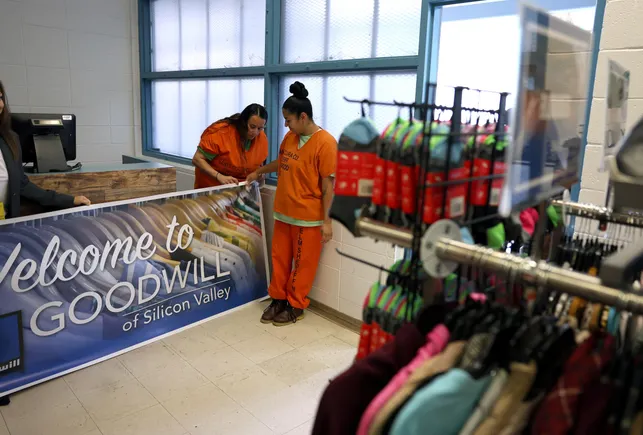
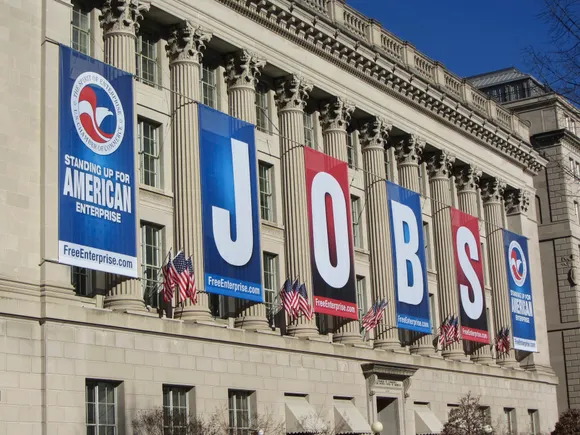
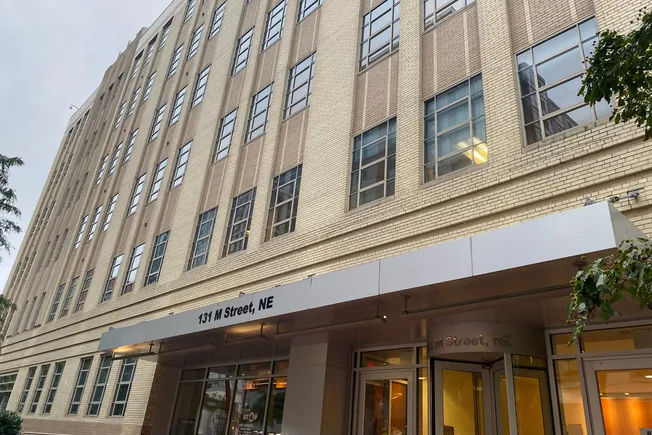
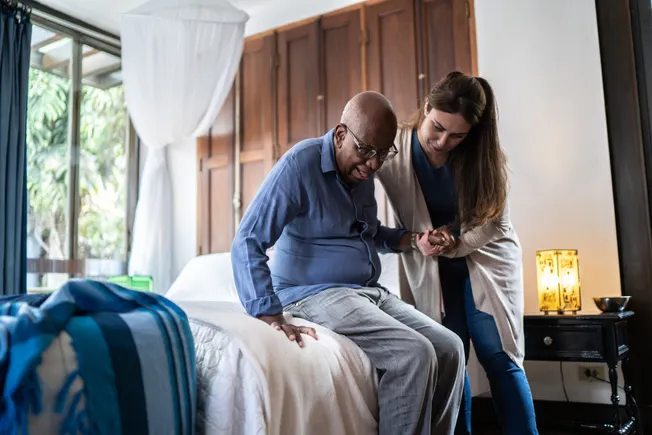
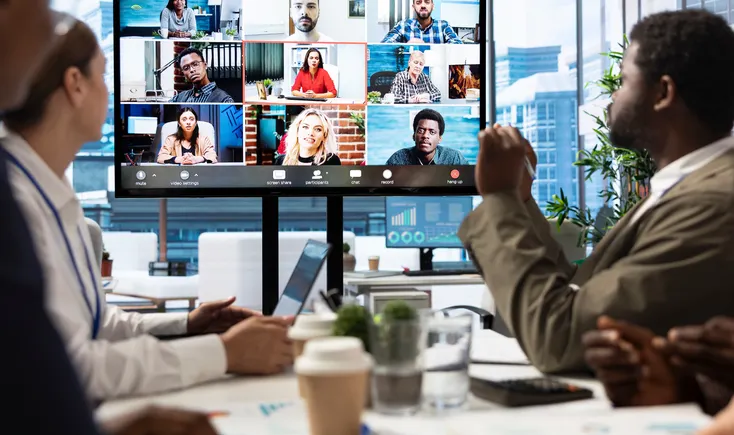
Leave a Reply